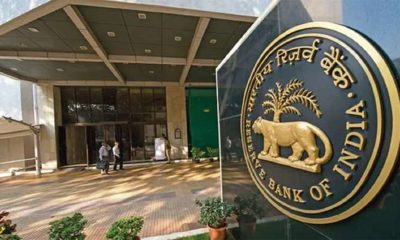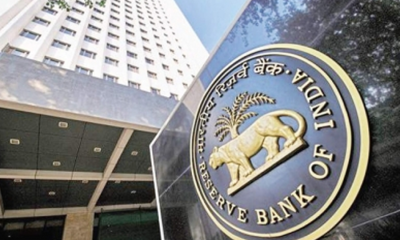Business
Here are some reactions of realtors on RBI’s policy outcome on realty sector
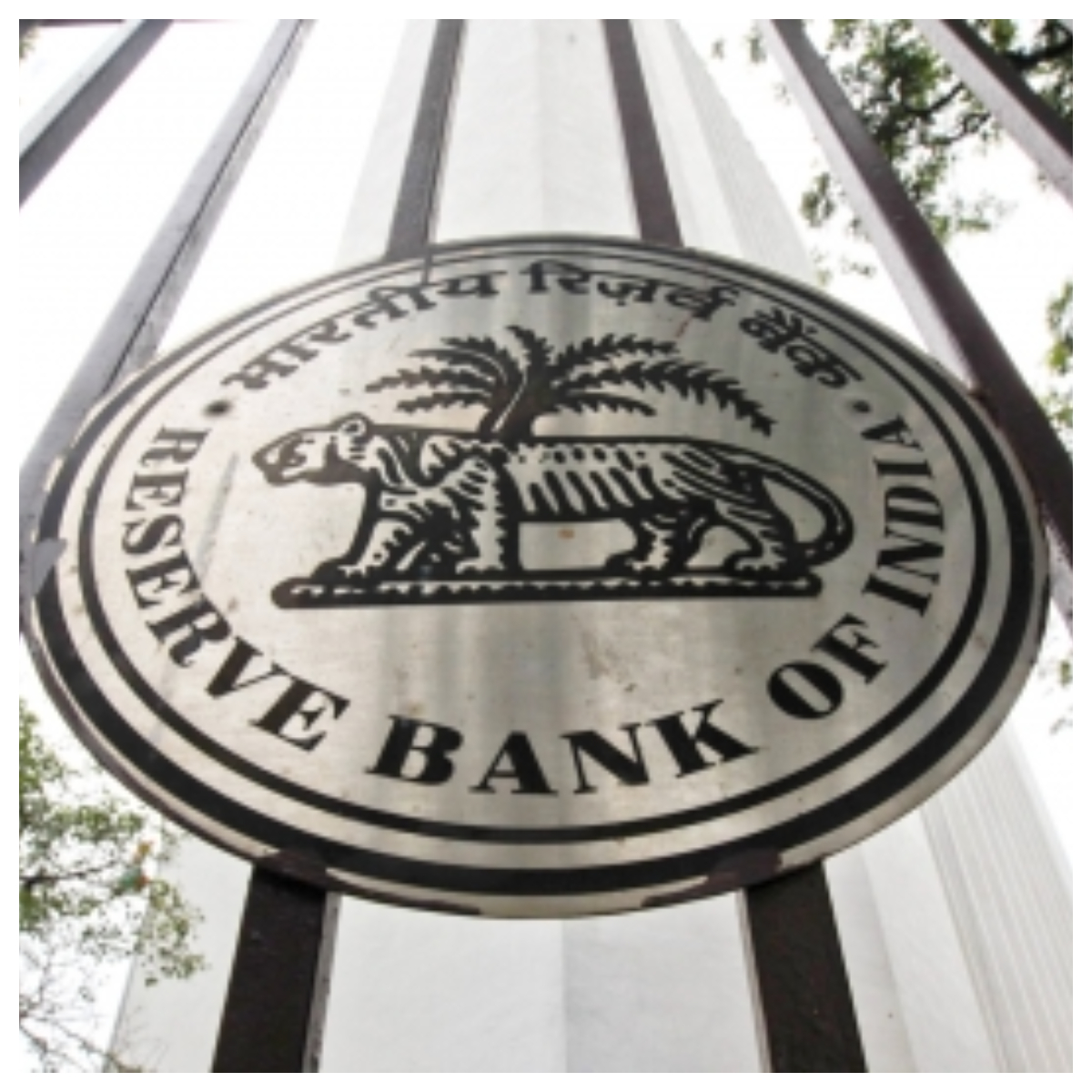
The Reserve Bank of India on Wednesday raised the key lending rate or repo rate by 50 basis points to 4.9 per cent to tame rising inflation, which has been now above the central bank’s 6 per cent tolerance level for four months in a row.
Repo rate is the rate at which the central bank lends short-term funds to banks.
In line with the rate hike by the RBI, some banks and non-banking finance companies too had raised their lending rates, which will essentially lead to an increase in EMIs for borrowers.
On Wednesday, RBI decided to increase the existing limits on individual housing loans by cooperative banks.
Accordingly, the limits for Tier I or Tier II urban cooperative banks shall stand revised from Rs 30 lakh or Rs 70 lakh to Rs 60 lakh or Rs 140 lakh, respectively, which essentially means doubling of the limit.
The increased limits will apply for Primary (Urban) Co-operative Banks (UCBs), and Rural Cooperative Banks (RCBs) — State Cooperative Banks and District Central Cooperative Banks.
For RCBs, the limits will increase from Rs 20 lakh to Rs 50 lakh for such banks with assessed net worth less than Rs 100 crore; and from Rs 30 lakh to Rs 75 lakh for other such RCBs.
Besides, considering the growing need for affordable housing and to realise their potential in providing credit facilities to the housing sector, the RBI decided to allow State Co-operative Banks (StCBs) and District Central Co-operative Banks to extend finance to Commercial Real Estate – Residential Housing (CRE-RH) within the existing aggregate housing finance limit of 5 per cent of their total assets.
Following are some of the reactions from real estate experts and developers on the RBI’s measures:
Rohan Pawar, CEO of Pinnacle Group said, during the pandemic, the low interest rate regime had boosted the housing demand, and RBI’s decision to hike the interest rate again by 50 basis points to 4.90 per cent was expected to tackle the tight inflation of the country.
“The increase of rates could adversely affect housing demand because of increased EMIs and lower eligibility on home loans. This will create an impact on the ongoing growth momentum in the sector in addition to increasing input costs. However, we still believe that preference of homebuyers for owning a home will continue to boost demand.”
Niranjan Hiranandani, Vice Chairman of NAREDCO said, taming steep inflation hike is a preordained measure by RBI, given the global economic ballgame. Soaring commodity prices especially with food and energy prices, plummeting currencies, supply side shocks are the foremost reasons for rising input cost.
“It is evident that home loan interest rate hike will impair the home buying rally as pay out in terms of EMI is scheduled to rise. But according to me this crater in demand sentiment is a makeshift move, as home loans are based on floating rate for a long tenure. The EMI constraint will be eased as rates are expected to normalise once the global situation is stabilised.”
The hike in the limit of individual loans by co-operative banks by 100 per cent is a welcome initiative for home buyers who opt for home loans from co-op banks.
Atul Goel, MD of Goel Ganga Group said, the RBI’s step to increase the repo rate has been on the expected lines. To curb inflation, the regulatory bodies in India were required to control liquidity circulation in the economy. For a few months, the inflation rate has been above 6 per cent, which is beyond the RBI’s safe zone.
“If not controlled, the inflationary pressure could destabilise an otherwise bullish Indian economy. Although the recent step will increase the home loan rates, an unstable economy is not conducive to the overall health of the real estate industry. For the industry to operate optimally, it is important that the economy continues to grow in a stable, inclusive, and steady fashion.”
Suren Goyal, Partner at RPS Group said, the group welcomes the step of the apex body to increase the overall repo rates and believes it will help in clamping down inflation and smoothen economic growth.
“A rise in inflation can soften the stance on an otherwise robust real estate industry. Already raw material prices are increasing and an unbridled rate of inflation will further drive the input costs northwards, therefore resulting in cost overruns for the developer fraternity.”
Manoj Gaur, CMD of Gaurs Group and President- CREDAI NCR said it has been a fine balancing act by RBI.
“We understand that the hike in repo rate by 50 basis points will impact interest rates of consumer loans and make home loan dearer right at the time when real estate sector was coming out of the throes of pandemic and affect sales in the short term. However, by reining in inflation it will ultimately benefit the real estate sector that is bogged down by high input costs.”
Amit Modi, President of CREDAI Western UP opined that the increase in the repo rate will hamper the sentiments of the buyers, especially first time home buyers who are heavily reliant on home loans.
“It will be a barrier to the growth trajectory of the revived sales post-Covid. Millions of homebuyers will be sidelined and alienated from the property markets after the hike. It will slow down the pace of sales that has taken a rise in the recent past.”
Pradeep Aggarwal, Chairman of Signature Global (India) said the repo rate hike could be termed as a reformative move, the stated aim was clear in current macro and micro economic conditions.
“There was no other option left but to rein in inflation through monetary control measures. This might slightly influence real estate, but it will not impact consumer confidence or demand. Simultaneously, increasing the 100 per cent limit of individual loans by apex bank for co-operative banks, would surely spread a positive communication among each stakeholder.”
Sanjay Sharma, Director of SKA Group said the repo rate hike comes at the time when there was a renewed buyer interest in every segments of the real estate
“This move will definitely have an impact on buyers’ sentiments but at the same time let’s wish that the step brings the expected relief and benefits the sector that is also reeling from high input costs on account of various factors including inflation.”
Dharmesh Shah, CEO of Hero Homes said that there will also be a certain increase in home loan rates that will backtrack home buyers’ aspirations to invest in property markets and impact residential sales for a short period of time.
Prateek Mittal, Executive Director at Sushma Group said the latest move will definitely help the country as well as benefit the real estate sector that is already battling high input costs on account of various external factors and the consequent increase in fuel cost.
“Though this increase will also impact the buying power of consumers, we feel the impact will be taken in stride.”
According to Sharad Mittal, Director and CEO of Motilal Oswal Real Estate Funds: “Now with mortgage loan rates set to go up, we may notice a slight demand blip in the short term but overall outlook on the sector remains strongly bullish in the long term.”
“In an interesting move, RBI has now allowed rural co-operative banks to lend towards residential housing projects. This will help improve much-needed liquidity in the sector.”
Business
Maharashtra on path to becoming GCC hub: CM Fadnavis
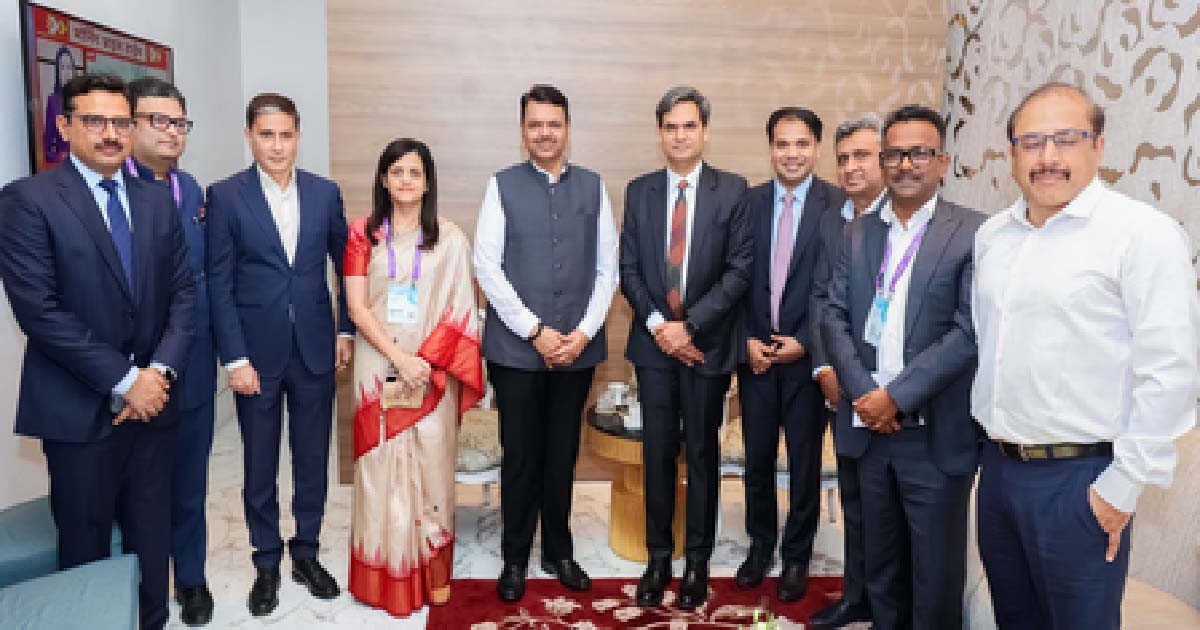
Nagpur, Dec 12: Chief Minister Devendra Fadnavis on Friday announced that a crucial milestone has been achieved in the journey to establish Maharashtra as a GCC (Global Capability Centre) Hub.
He said that the Brookfield company is set to build Asia’s largest Global Capability Centre (GCC) in Mumbai, spanning approximately 2 million square feet.
The Chief Minister said that this project is expected to generate a total of 45,000 jobs, including 15,000 direct and 30,000 indirect jobs.
He stated that due to the state’s talent pool, infrastructure, and industry-friendly environment, Maharashtra is becoming a preferred destination for Global Capability Centres.
“The new GCC policy will lead to large-scale skill-based job creation and economic growth,” he added.
He also mentioned that FedEx, a global leader in the logistics sector, is keen to invest in its GCC and other operations near the Mumbai-Navi Mumbai airport area, said the government release.
The Chief Minister informed that he requested Microsoft to consider Maharashtra for their investments, noting that their largest existing investment is already in the state.
He expressed confidence that Microsoft will make a major investment in the future and take the lead in making Maharashtra an Artificial Intelligence (AI) centre.
The Chief Minister said that Maharashtra’s model for crime control with the help of Artificial Intelligence is a guiding light for the entire country.
Chief Minister Fadnavis confirmed that Microsoft has assured priority to Maharashtra in their largest ever investment in India, amounting to $17 billion.
He further highlighted the ‘Marble’ platform developed by Maharashtra, which helps detect cyber and financial crimes in just 24 hours instead of 3-4 months.
He said that this has resulted in saving people’s money and has expedited the process of tracking criminals.
Business
India’s CPI inflation estimated at 0.71 pc for Nov, food inflation stays in negative zone
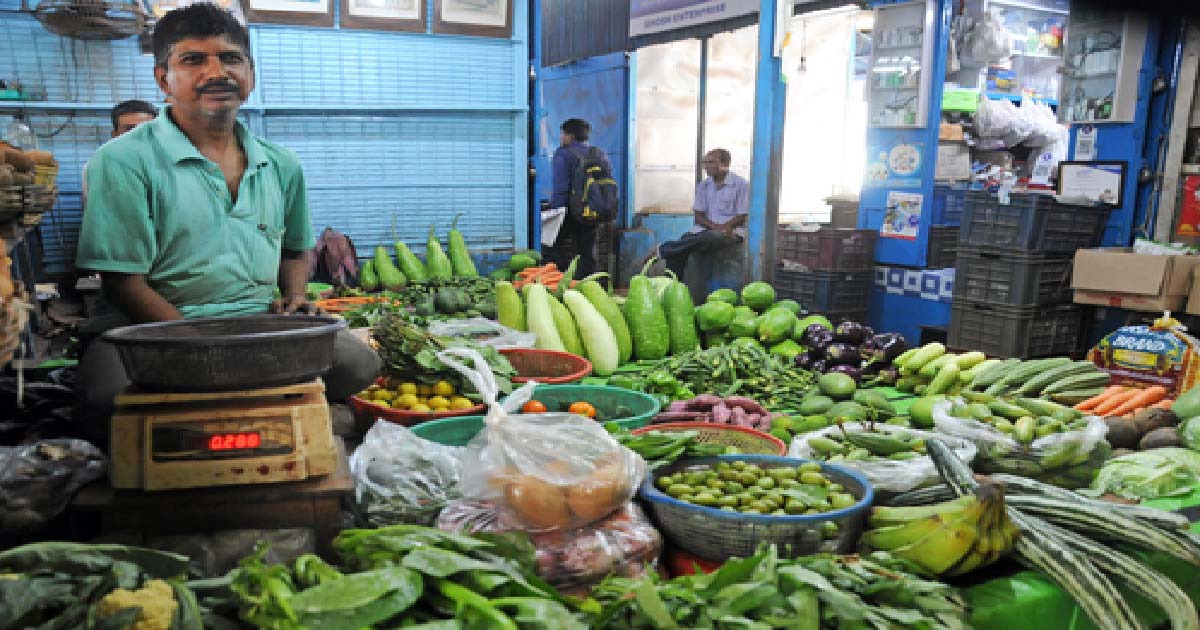
New Delhi, Dec 12: India’s year-on-year inflation rate, based on the Consumer Price Index (CPI), was estimated at 0.71 per cent for November this year which was marginally higher than the 0.25 per cent in October, according to figures released by the Ministry of Statistics on Friday.
Food inflation stayed in the negative zone during November at (-) 3.91 per cent as prices of food goods fell compared to the same month of the previous year. Food inflation has now stayed negative for the sixth month in a row, easing the burden on household budgets.
However, the increase in headline inflation during November 2025 is mainly attributed to an increase in the inflation of vegetables, eggs, meat and fish, spices, and fuels compared to October, according to an official statement.
The retail inflation had eased further in October, after having plummeted to an over 8-year low of 1.54 per cent in September, as prices of food items and goods across sectors fell during the month.
The declining trend in food prices continued in October as food inflation fell deeper in the negative zone at (-) 5.02 per cent from (-) 2.28 per cent in September.
However, the overall outlook for inflation remains benign.
The RBI’s monetary policy committee (MPC) last week slashed its forecast for India’s inflation rate for the financial year 2025-26 to 2 per cent from 2.6 per cent predicted in October due to the sharp decline in food prices and the GST rate cuts playing out.
RBI Governor Sanjay Malhotra announced a reduction in the repo rate by 25 basis points to 5.25 per cent from 5.5 per cent earlier, as inflation had come down and the monetary policy could focus on boosting growth.
Malhotra said that the surge in economic growth to 8.2 per cent in the second quarter of the current financial year and the sharp decline in inflation to 1.7 per cent had provided a rare “Goldilocks period” for the Indian economy.
“The MPC noted that headline inflation has eased significantly and is likely to be softer than the earlier projections, primarily on account of the exceptionally benign food prices. Reflecting these favourable conditions, the projections for average headline inflation in 2025-26 and Q1:2026-27 have been further revised downwards.”
Malhotra also pointed out that core inflation (which excludes food and fuel) remained largely contained in September-October, despite continued price pressures exerted by precious metals. Excluding gold, core inflation moderated to 2.6 per cent in October. Overall, the decline in inflation has become more generalised, he added.
The RBI Governor observed that food supply prospects have improved on the back of higher kharif production, healthy rabi sowing, adequate reservoir levels and conducive soil moisture. Barring some metals, international commodity prices are likely to moderate going forward.
Business
Sensex, Nifty extend gains as metal stocks rally
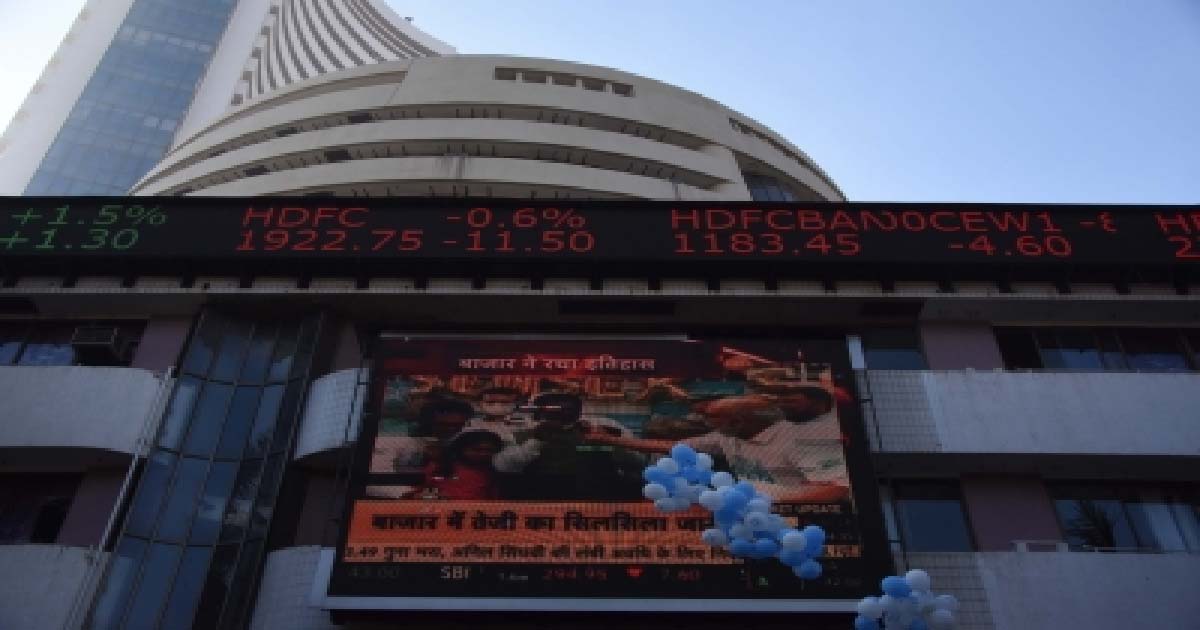
Mumbai, Dec 12: Indian stock markets gained for the second straight session on Friday, supported by a strong global rally and heavy buying in metal stocks.
Sentiment also improved after Prime Minister Narendra Modi spoke with US President Donald Trump on Thursday to discuss strengthening economic ties, as both countries continue working toward a trade agreement.
At the closing bell, the Sensex had risen 449.53 points, or 0.53 per cent, to 85,267.66.
The Nifty also moved higher, adding 148.40 points, or 0.57 per cent, to trade at 26,046.95.
“In the near term, the trend is likely to remain constructive as long as the index holds above 25,900, which is expected to serve as a key support level,” experts said.
“On the higher side, the index may move towards 26,300 in the short term,” they added.
Several major stocks led the gains on the Nifty, including Tata Steel, Eternal, UltraTech Cement, L&T, Maruti Suzuki, Bharti Airtel, Adani Ports, Axis Bank and Bajaj Finance.
However, some stocks came under pressure due to profit booking. HUL, Sun Pharma, Asian Paints, ITC, Power Grid and HCL Tech were among the top losers.
In the broader markets, the Nifty MidCap index rose 1.18 per cent, while the Nifty SmallCap index advanced 0.94 per cent.
Sector-wise, the Nifty Metal index led the rally with a jump of 2.63 per cent, followed by realty, consumer durables and oil and gas. The FMCG and media sectors slipped into the red.
Meanwhile, silver prices in India continued their sharp upward trend. Silver futures crossed the historic Rs 2 lakh per kg mark for the first time on Friday, extending a rally that has pushed the metal up nearly 130 per cent so far this year.
Experts said that the combined boost from global cues, strong sectoral performance and improving geopolitical engagement helped the markets end the week on a positive note.
-

 Crime3 years ago
Crime3 years agoClass 10 student jumps to death in Jaipur
-

 Maharashtra1 year ago
Maharashtra1 year agoMumbai Local Train Update: Central Railway’s New Timetable Comes Into Effect; Check Full List Of Revised Timings & Stations
-

 Maharashtra1 year ago
Maharashtra1 year agoMumbai To Go Toll-Free Tonight! Maharashtra Govt Announces Complete Toll Waiver For Light Motor Vehicles At All 5 Entry Points Of City
-

 Maharashtra1 year ago
Maharashtra1 year agoFalse photo of Imtiaz Jaleel’s rally, exposing the fooling conspiracy
-

 National News1 year ago
National News1 year agoMinistry of Railways rolls out Special Drive 4.0 with focus on digitisation, cleanliness, inclusiveness and grievance redressal
-

 Maharashtra1 year ago
Maharashtra1 year agoMaharashtra Elections 2024: Mumbai Metro & BEST Services Extended Till Midnight On Voting Day
-

 National News1 year ago
National News1 year agoJ&K: 4 Jawans Killed, 28 Injured After Bus Carrying BSF Personnel For Poll Duty Falls Into Gorge In Budgam; Terrifying Visuals Surface
-

 Crime1 year ago
Crime1 year agoBaba Siddique Murder: Mumbai Police Unable To Get Lawrence Bishnoi Custody Due To Home Ministry Order, Says Report



